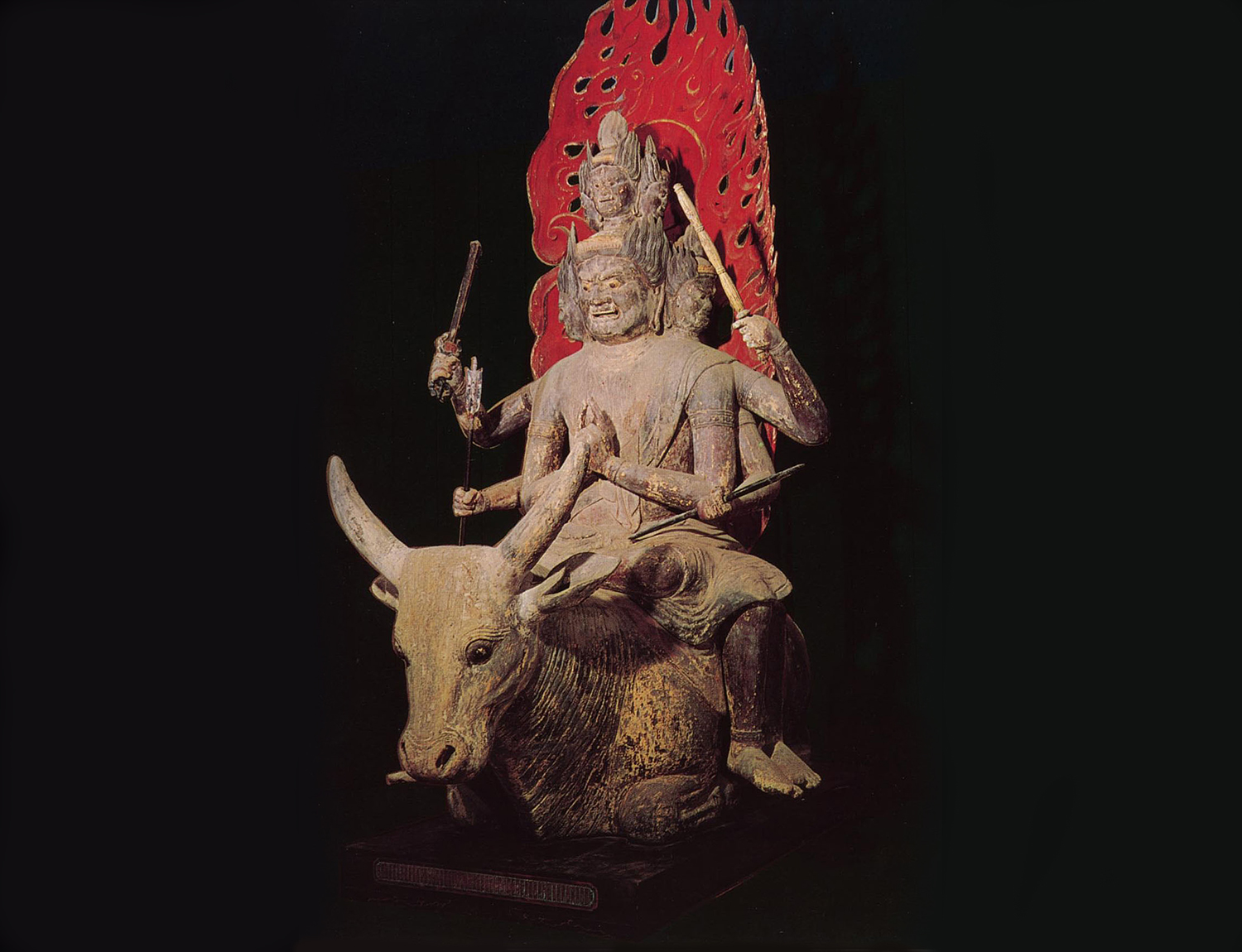
the Boutique at CVMC
CMVC is a contemporary live music and arts space situated in the heart of Hita, a regional town…

Makiodo is a repository for Buddhist statutes, which are all that remain from a grand temple, Makisan Denjo-ji, that once dominated the surrounding area. It burnt to the ground in the early Muromachi Period (1333 - 1573) but not before the locals saved nine Buddha statues, the largest of which is a 2.17m high Amidha Buddah. All nine are listed as National Treasures and their magnificence attests to the one time importance of Denjo-ji. Of particular note is a statue of Daiitoku-Myo-o riding a white water buffalo, which is consider the best example of its type found in Japan.
The locals also collected Buddhist stone artefacts from the surrounding fields placing them in the grounds of Makiodo for safe keeping. These include carvings of deities and a Kunisaki-to, an example of the local rendition of a stupa. Carvings in stone are found throughout Kunisaki but are uncommon anywhere beyond the peninsula, particularly the Kunisaki-to.
Taking its cue from Daiitoku-Myo-o, the annual festival at Makiodo is for the health and welfare of domesticated animals including cattle and horses. A livestock market was once also held at the same time, but as the local population has dwindled so too has the livestock and the market is sadly no longer held.